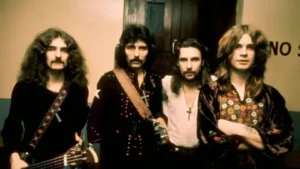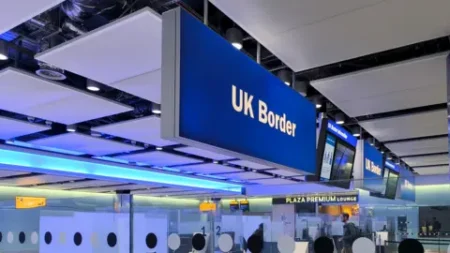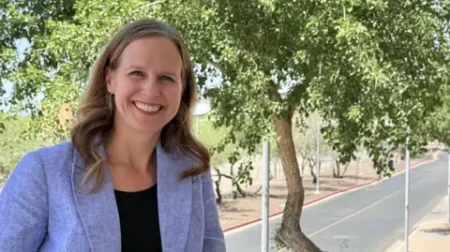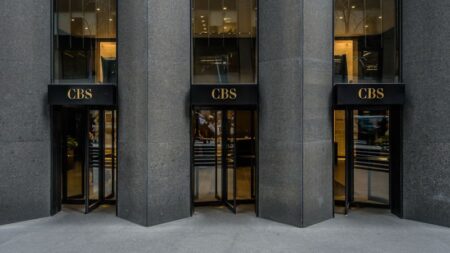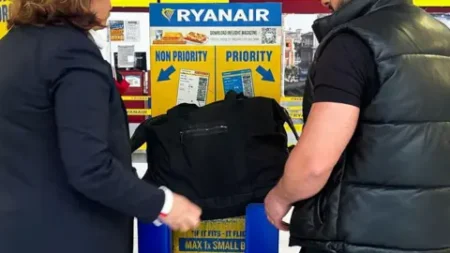In a fascinating exploration of the evolving designs of British banknotes, the Bank of England has garnered significant public interest by inviting citizens to submit ideas that could shape the future aesthetics of currency in the UK. Amid discussions of technological advancements and the declining trend in cash transactions, people are eager to contribute to this important redesign initiative that reflects contemporary British culture and history.
The creative brainstorming has sparked a remarkable response from the public, with more than 2,000 suggestions pouring in within just a single day of the Bank’s announcement. Participants across the nation have expressed their desires for various themes, including historical figures, animals, nature, tourism, and even beloved television icons. One particularly whimsical suggestion is the inclusion of Dudley the British Bulldog, cherished by his owner Julie from Plymouth, though it seems unlikely this canine contender will make the cut.
The current series of Bank of England notes celebrates prominent figures from British history. Since 1970, notes have featured a variety of historical characters, with Shakespeare being one of the earliest showcased? Now, the Bank’s chief cashier, Victoria Cleland, has hinted at the potential for a thematic shift in their designs. The public is invited to propose images and motifs that align with modern British identity, ranging from architectural landmarks to innovations in the arts and expressions of nature.
Among the more specific themes suggested by respondents is a tribute to the UK’s rich maritime heritage. Some have proposed that renowned ships, like The Mary Rose or the HMS Victory, be honored on banknotes, highlighting Britain’s extensive naval history. Additionally, individuals are suggesting that lesser-known vessels engaged in global trade could further represent the nation’s maritime significance.
Landmarks are another recurring theme in suggestions. Monuments that speak to the British spirit, such as Stonehenge and the Angel of the North, have emerged as popular contenders. Mike from Salisbury even believes that featuring iconic tourist sites on currency could encourage more visitors, enhancing both cultural appreciation and tourism marketing by integrating these visuals into everyday life.
Respondents are not merely focused on historical or architectural themes; they are also keen on invoking nostalgia through classic television characters. Sitcoms like “Fawlty Towers” and children’s shows like “Bagpuss” have been mentioned as icons of British culture, evoking fond memories for many. Steve from Cardiff noted that such representations on banknotes could resonate deeply with people, reflecting shared cultural experiences.
Vintage trains and the once-cherished railways are also prominent in the discourse, with many recalling the heritage of Britain’s rail system as a defining aspect of the national identity. Ian from Derby aptly pointed out that commemorating 200 years of the railway could celebrate an invention that profoundly impacted not only the UK but countless other countries worldwide.
However, the conversation does come with a contemporary twist, as discussions on the evolution of payment methods continue to be impactful. With cash transactions dwindling—accounting for only 12% of all purchases—some are questioning the relevance of reinvigorating banknote designs. Users have suggested the notion of a mobile phone as a potential banknote design, recognizing the shift toward digital payments as a new norm in everyday transactions.
People can still voice their preferences through an online form on the Bank of England’s website until the end of July, culminating in a decision that will ultimately reflect the evolving identity of British society as determined by the Bank’s governor. This initiative not only engages the public but is also a unique opportunity to bridge history with modernity while honoring the diverse spectrum of British life and culture.

